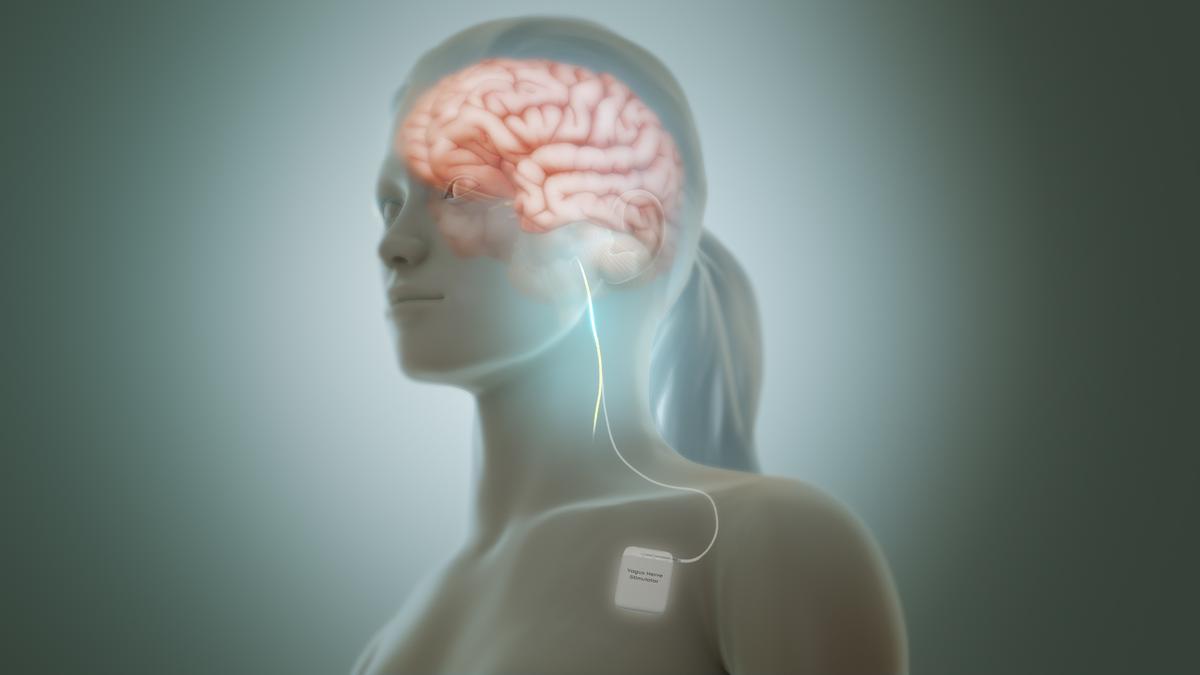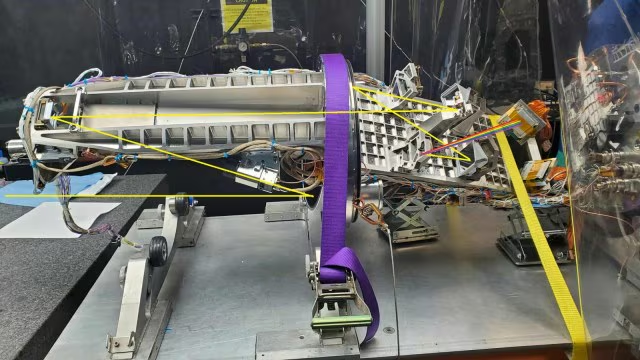



Researchers at the University of California have developed nanopore technology, a diagnostic tool that uses electrical signals from individual molecules to identify diseases. This technology can detect minute changes in protein structures, enabling early diagnosis and treatment, potentially saving lives. The technology is being scaled for real-world applications.

Copyright infringement not intended
Picture Courtesy: https://www.earth.com/news/nanopores-a-game-changer-in-early-disease-detection/
Researchers developed nanopore technology, a revolutionary tool for faster and more accurate disease diagnosis.
It is a diagnostic tool developed by researchers at the University of California.
It uses electrical signals from individual molecules to identify diseases, offering faster and more accurate diagnostics.
This technology captures data from molecules that are just one-billionth of a meter wide, like DNA or protein molecules.
It has the ability to get useful data from just a single molecule, making disease detection more sensitive and precise.
Nanopore is a tiny opening that allows molecules to pass through one at a time, as these molecules pass, they affect the flow of ions, and the detector registers this change.
They not only detect molecules but also filter out background noise. This improves the signal clarity, ensuring more accurate diagnostics.
Unlike current testing, which might take several days, nanopore sensors can identify infections in 24 to 48 hours. Rapid detection is essential for infections that spread quickly.
Nanopores can detect small changes in protein structures, which is critical for understanding health issues. This will allow for early diagnosis and treatment, potentially saving lives.
In areas where specialised labs are not available, portable diagnostic kits can provide quick and trustworthy results without the need for expensive equipment.
It could revolutionise infectious disease management, especially in outbreak-prone areas, by making diagnostics more accessible and affordable.
While nanopore technology is currently developing in labs, researchers are working to scale it for real-world applications.
In the near future, we could see nanopore devices being used not only in hospitals but also in home diagnostics, allowing people to monitor their health easily and detect diseases early, even before symptoms show.
Must Read Articles:
International Conference on Nanotechnology for Better Living
Source:
|
PRACTICE QUESTION Q.Consider the following statements in the context of the Nanopore technology: 1. It can detect minute changes in protein structures. 2. Nanopore sensors can identify infections in just 30 minutes. Which of the above statements is/are correct? A) 1 only B) 2 only C) Both 1 and 2 D) Neither 1 nor 2 Answer: A Explanation: Statement 1 is correct: Nanopore technology can detect minute changes in protein structures. It detects the electrical currents that flow through a nanopore while protein chains are fed through it. The nanopore identifies structural changes by analysing the modulation of these currents. Statement 2 is incorrect: Nanopore sensors could identify infections in 24 to 48 hours, which is a significant benefit in identifying quickly spreading diseases and allowing immediate intervention. |






© 2025 iasgyan. All right reserved